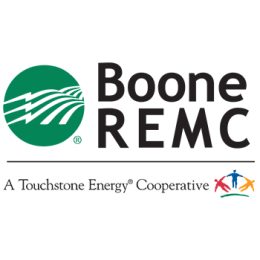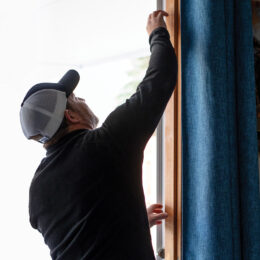You may not own your home or apartment, but that doesn’t mean you can’t improve its energy performance.
Use LED lightbulbs: LEDs use up to 75% less energy than conventional incandescent bulbs while providing the same vivid lighting you’re used to. LEDs also last up to 25,000 hours or more. You probably won’t have to change another bulb until long after your current lease runs out.
Smart plugging: Electronics use a lot of energy, and many devices continue to draw power even when no one is using them. Stop this energy waste by plugging electronics into advanced power strips or smart plugs. These handy, low-cost devices automatically cut power to unused electronics. With some models, you can connect with them through a smartphone app and control your electronics remotely.
Take shorter showers: The typical shower uses 30 to 50 gallons of hot water, costing you money. Limit your time in the shower to 10 minutes or less. Install water-efficient showerheads; it’s a low-cost upgrade that can reduce energy and water use.
Adjust the thermostat: Raise or lower temperatures (depending on the season) at night and when you’re away from home. If you have a programmable thermostat, set it to optimize savings while maintaining comfort.
Cook up energy savings: Cover pots and pans to cook food more efficiently and match them to the size of the burner. Use a microwave oven to heat food when possible. Scrape dishes instead of rinsing before loading them into the dishwasher and run it only when full.
Use window treatments: In summer, close window treatments on south-facing windows to keep out solar heat during the day. In the winter, open curtains or drapes during the day to let in the sun’s warmth; close them at night to retain heat.
Check with your property owner or landlord about additional energy-efficiency upgrades that can lower your energy bills and increase the value of their properties.




